Top Tswana Traditional Dresses Intricate Detailing and Designs
The art of Tswana Traditional Dresses Intricate Detailing and Designs
Embroidery and Beadwork in Tswana Dresses
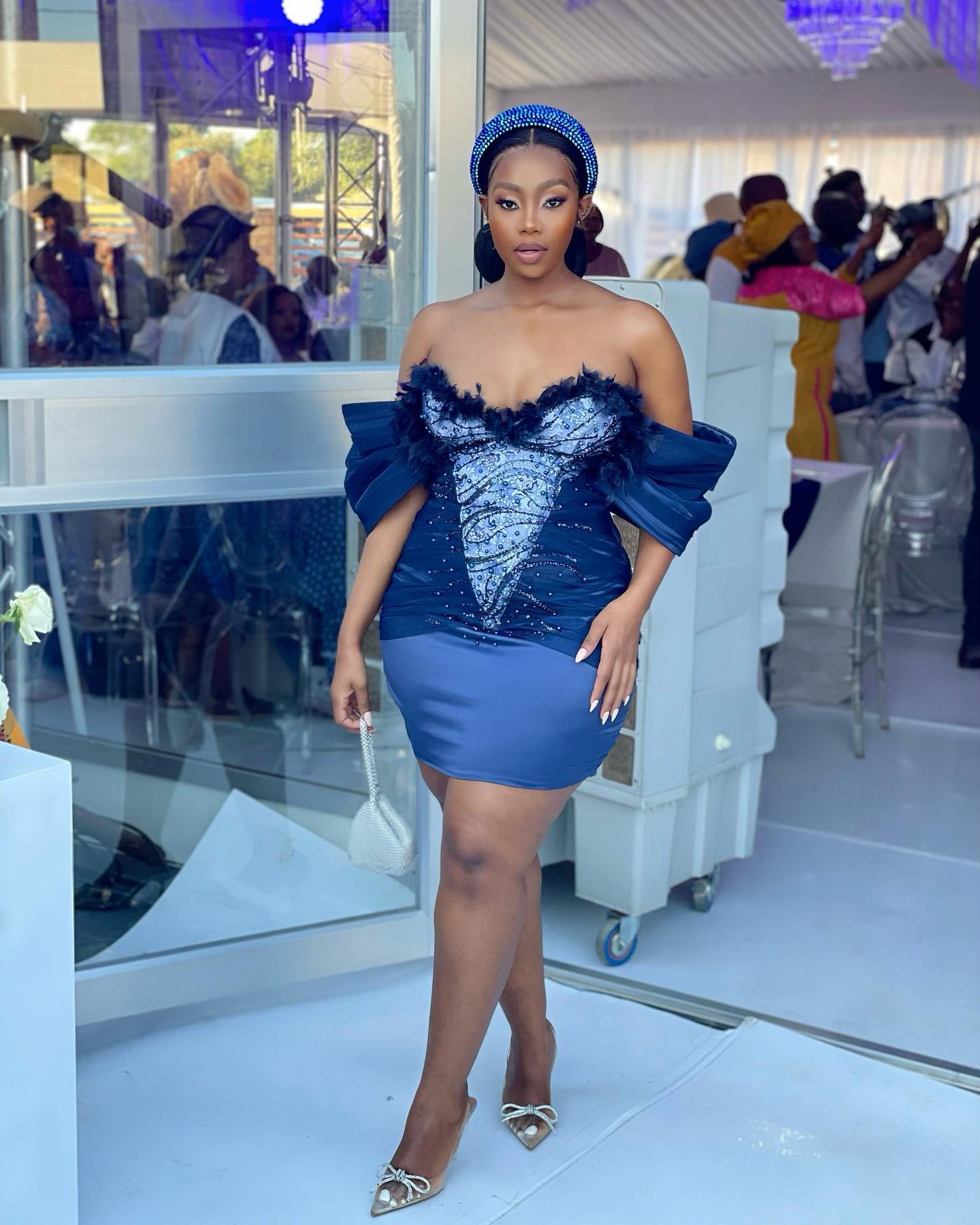 Tswana traditional dresses are known for their exquisite and intricate details, particularly in embroidery and beadwork. These dresses aren’t just pieces of apparel they’re expressions of art and artistic heritage. The embroidery frequently features delicate and precise aches, showcasing the skill and artificer of the Tswana people.
Tswana traditional dresses are known for their exquisite and intricate details, particularly in embroidery and beadwork. These dresses aren’t just pieces of apparel they’re expressions of art and artistic heritage. The embroidery frequently features delicate and precise aches, showcasing the skill and artificer of the Tswana people.
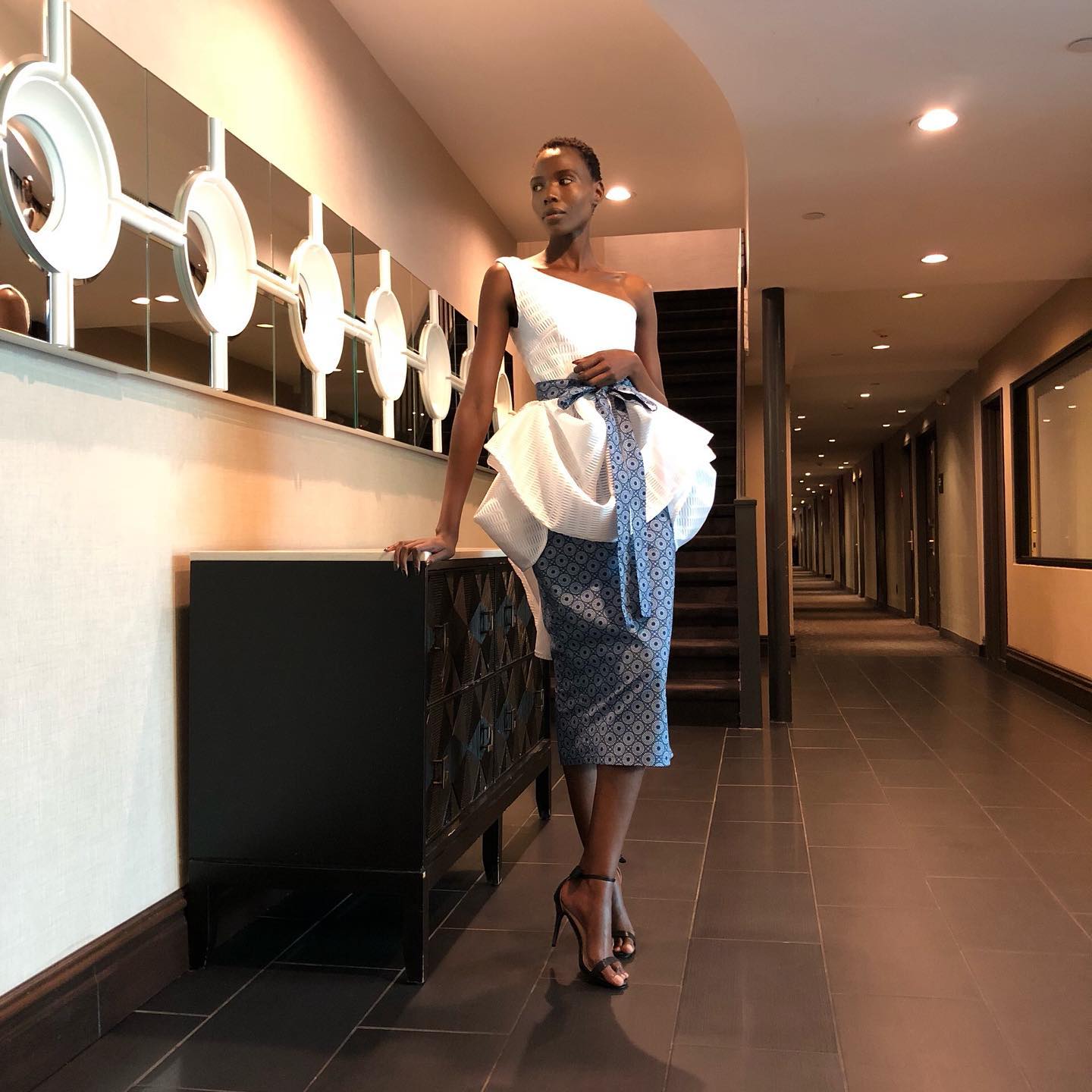 Beadwork is another prominent point in Tswana dresses. globules are strictly darned onto the fabric, creating beautiful patterns and designs. The colors and arrangement of the globules hold emblematic meaning, reflecting the rich traditions and beliefs of the Tswana culture.
Beadwork is another prominent point in Tswana dresses. globules are strictly darned onto the fabric, creating beautiful patterns and designs. The colors and arrangement of the globules hold emblematic meaning, reflecting the rich traditions and beliefs of the Tswana culture.
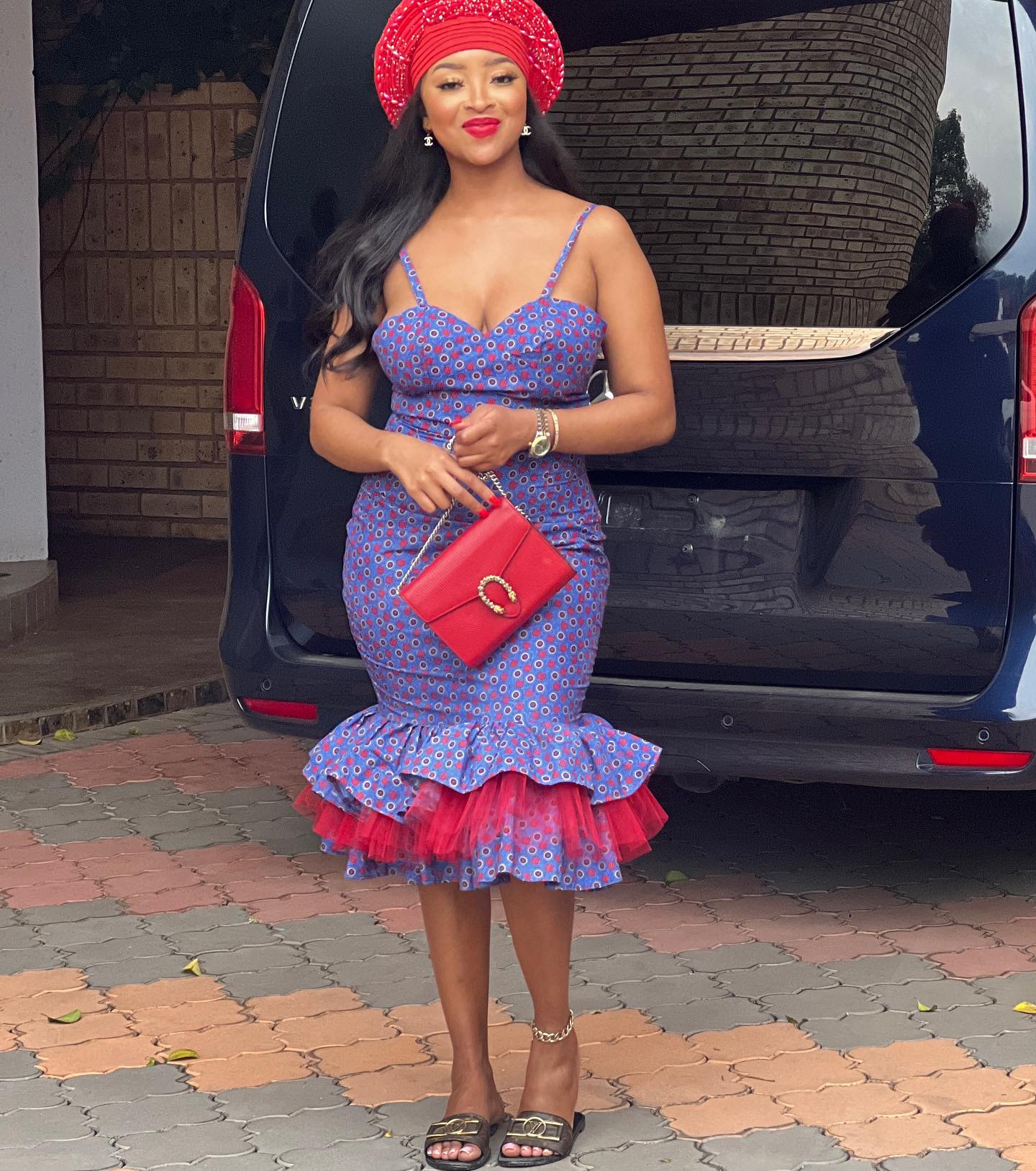 The attention to detail in Tswana traditional dresses is admiration- inspiring. It showcases the creativity and cultural chops of the Tswana people, making each dress a unique and favored piece of art. These dresses not only serve as a form of artistic expression but also as a way to save and celebrate the rich heritage of the Tswana people.
The attention to detail in Tswana traditional dresses is admiration- inspiring. It showcases the creativity and cultural chops of the Tswana people, making each dress a unique and favored piece of art. These dresses not only serve as a form of artistic expression but also as a way to save and celebrate the rich heritage of the Tswana people.
![]() Tswana Traditional Dresses Accoutrements
Tswana Traditional Dresses Accoutrements
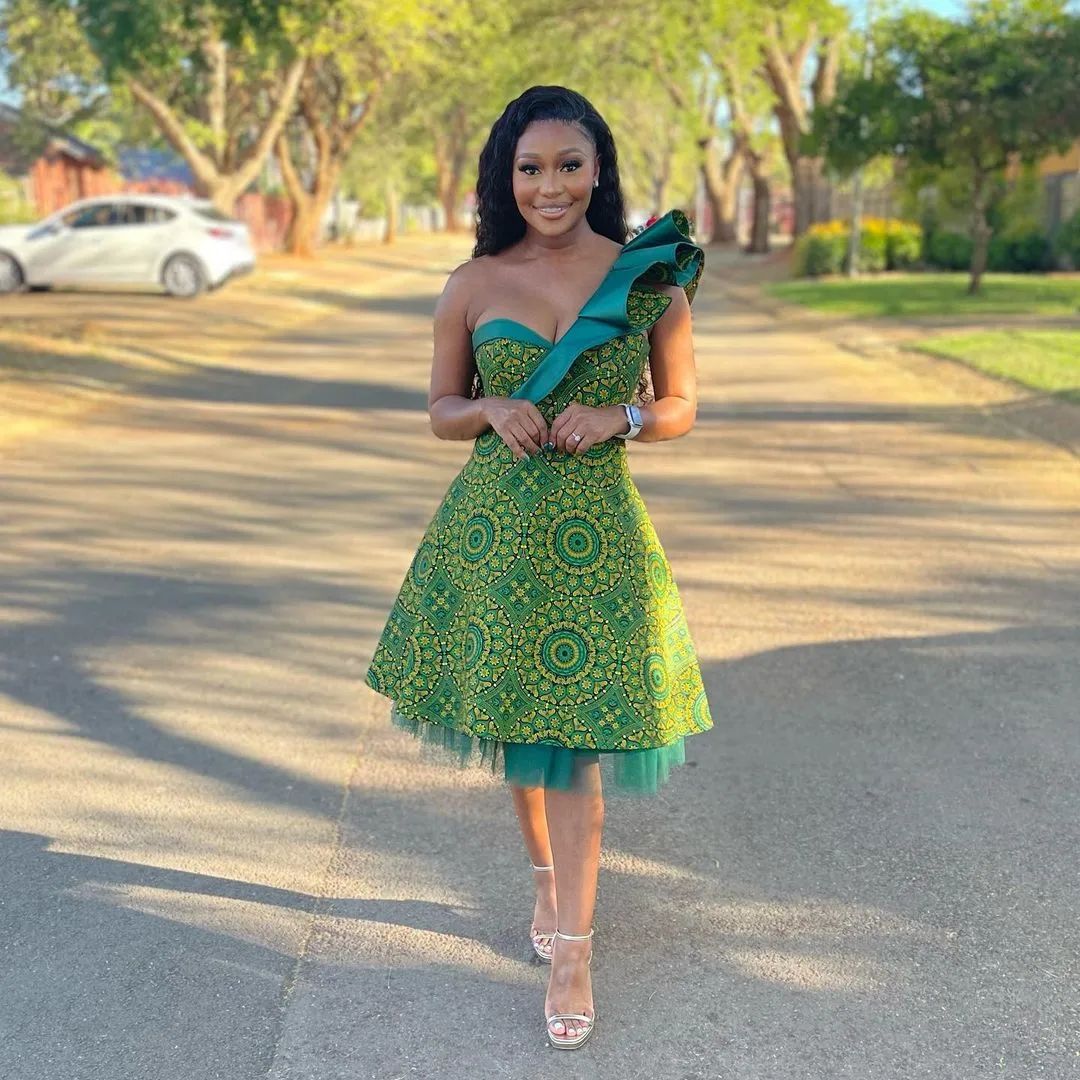 Tswana traditional dresses aren’t only known for their intricate details, but also for the fabrics used to produce these stunning pieces. Traditional fabrics play a significant part in landing the substance of Tswana culture and heritage.
Tswana traditional dresses aren’t only known for their intricate details, but also for the fabrics used to produce these stunning pieces. Traditional fabrics play a significant part in landing the substance of Tswana culture and heritage.
![]() Traditional fabrics used in Tswana dresses
Traditional fabrics used in Tswana dresses
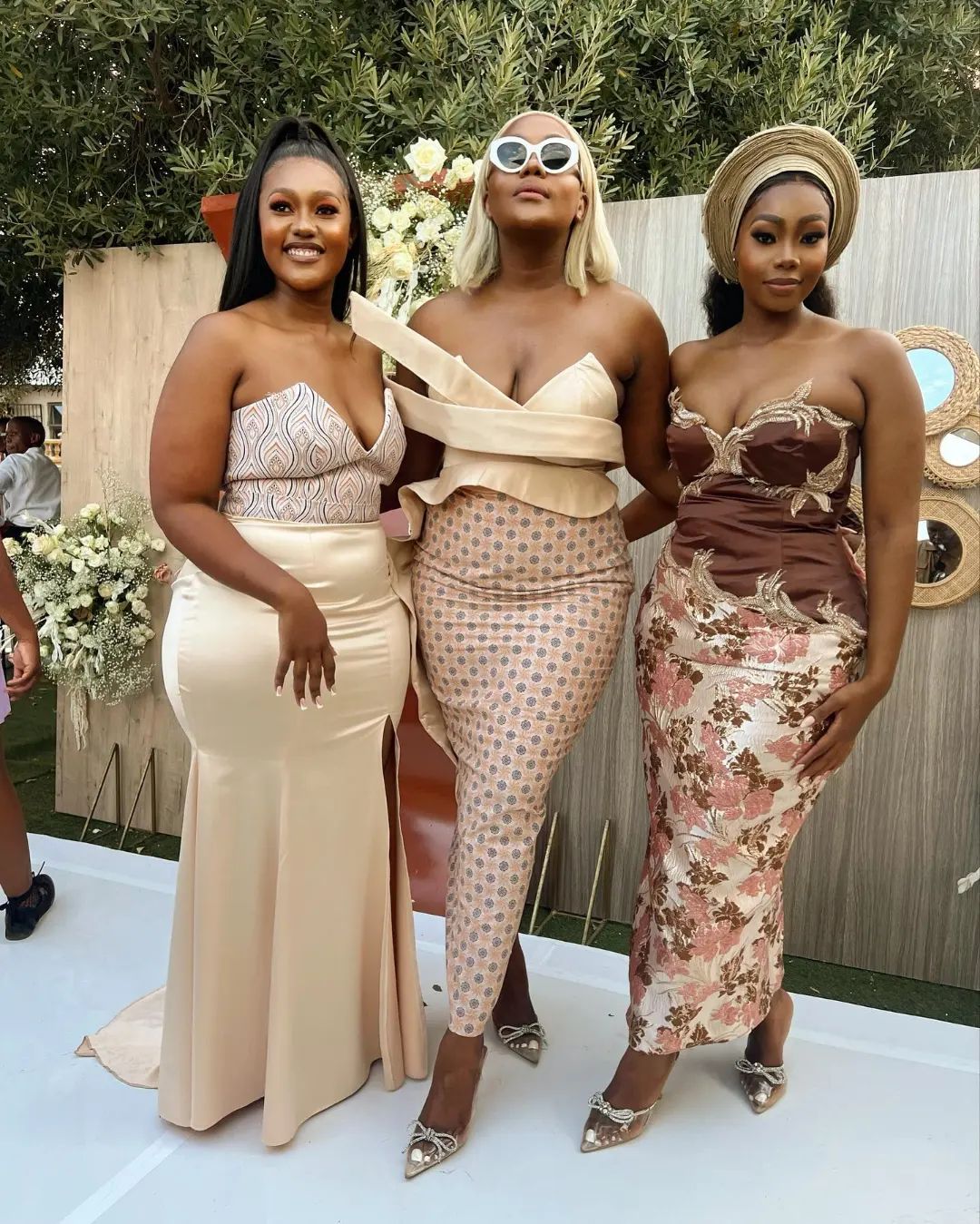 One of the most common fabrics used in Tswana traditional dresses is Shweshwe. This fabric, forming from Europe and introduced to southern Africa during the 19th century, has come synonymous with Tswana vesture. Shweshwe is a cotton fabric with intricate patterns and vibrant colors, frequently featuring designs inspired by nature and geometric shapes.
One of the most common fabrics used in Tswana traditional dresses is Shweshwe. This fabric, forming from Europe and introduced to southern Africa during the 19th century, has come synonymous with Tswana vesture. Shweshwe is a cotton fabric with intricate patterns and vibrant colors, frequently featuring designs inspired by nature and geometric shapes.
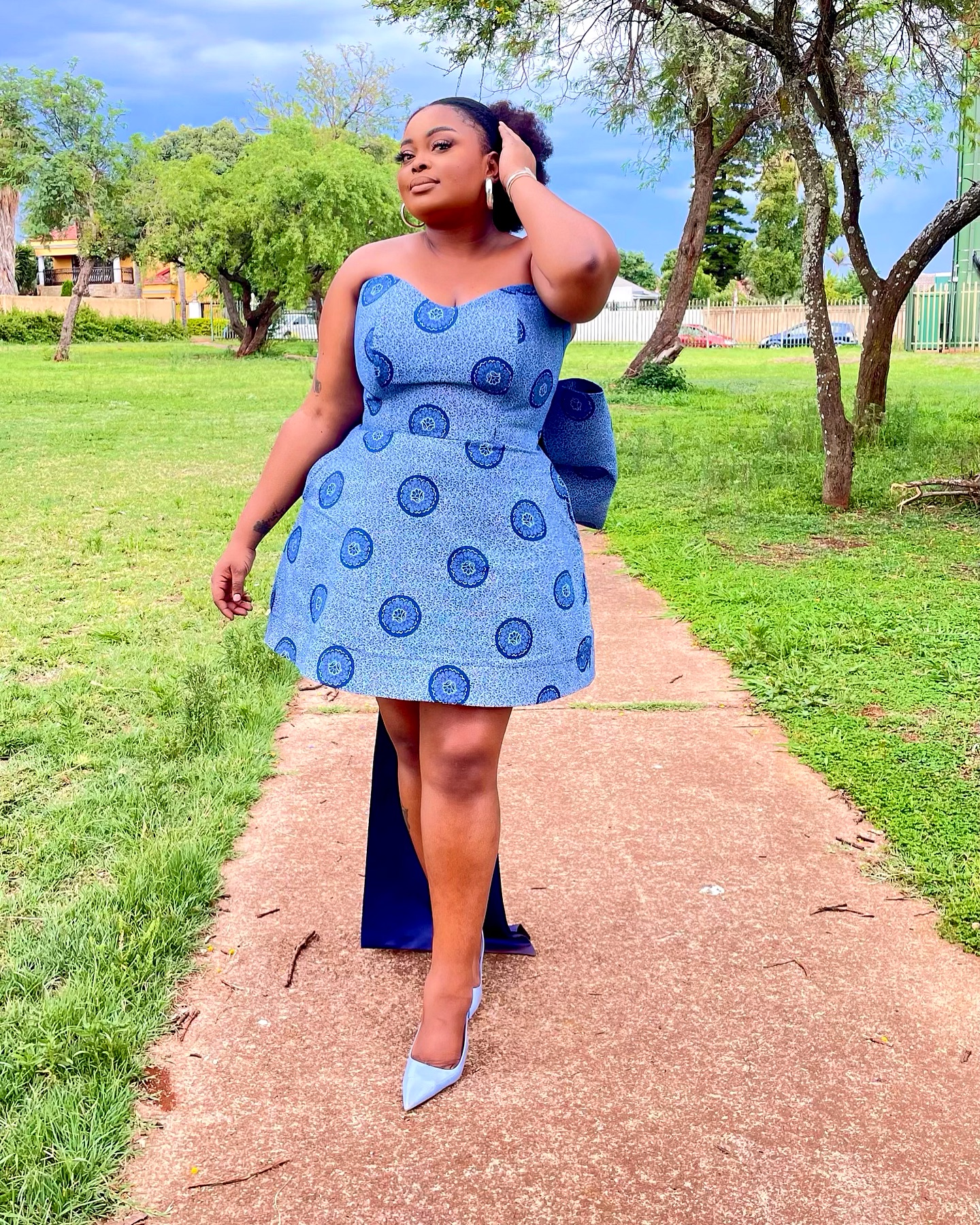 Another fabric generally used in Tswana dresses is Leteisi. Leteisi is a traditional fabric woven with intricate and various patterns. It reflects the distinctive style of the Tswana people and is frequently used to produce dresses for special occasions and fests.
Another fabric generally used in Tswana dresses is Leteisi. Leteisi is a traditional fabric woven with intricate and various patterns. It reflects the distinctive style of the Tswana people and is frequently used to produce dresses for special occasions and fests.
![]() Symbolism of colors in Tswana traditional dresses
Symbolism of colors in Tswana traditional dresses
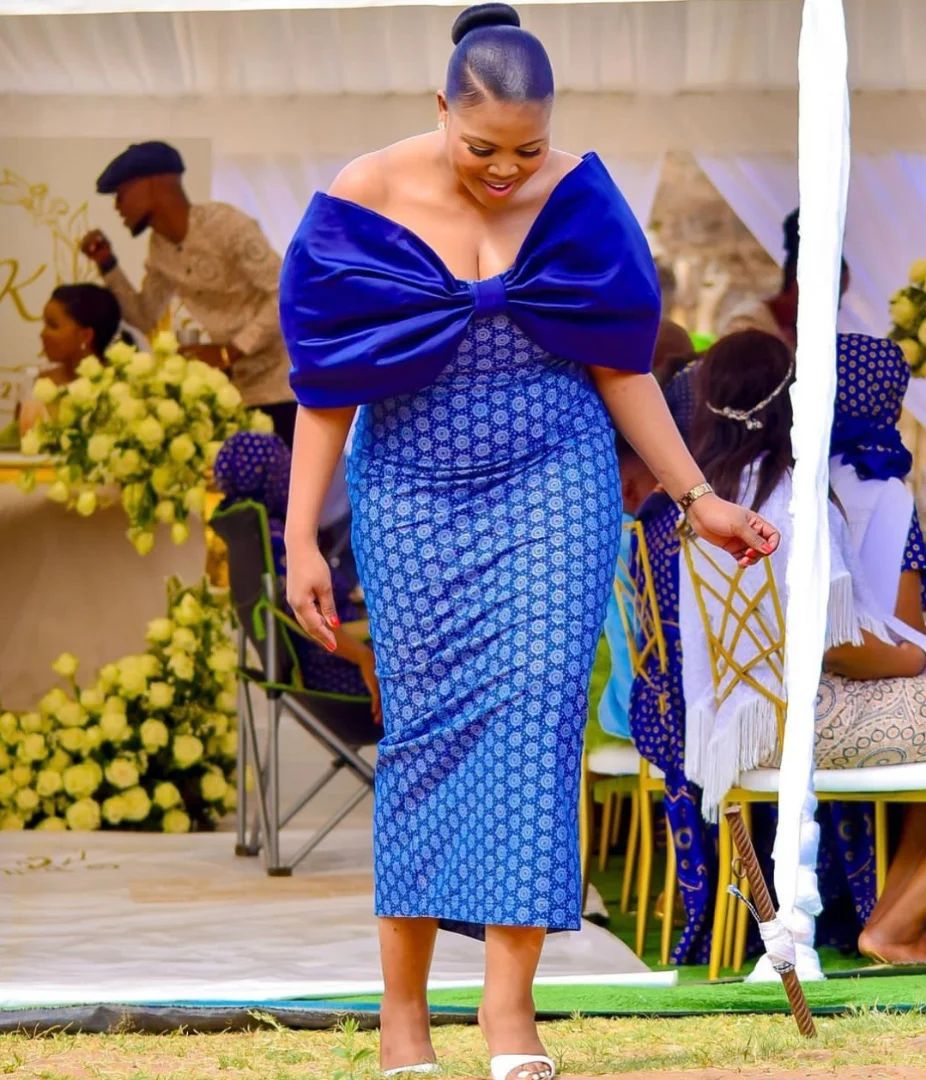 Colors hold significant symbolism in Tswana traditional dresses. Each color represents a specific meaning or emotion. For illustration, dark is associated with mourning and solemnity, while red symbolizes love, passion, and vitality. White represents chastity and peace, while blue signifies church and wisdom. The combination of colors in Tswana dresses adds depth and uproariousness to the overall design, farther embodying the artistic and emblematic significance of these garments.
Colors hold significant symbolism in Tswana traditional dresses. Each color represents a specific meaning or emotion. For illustration, dark is associated with mourning and solemnity, while red symbolizes love, passion, and vitality. White represents chastity and peace, while blue signifies church and wisdom. The combination of colors in Tswana dresses adds depth and uproariousness to the overall design, farther embodying the artistic and emblematic significance of these garments.
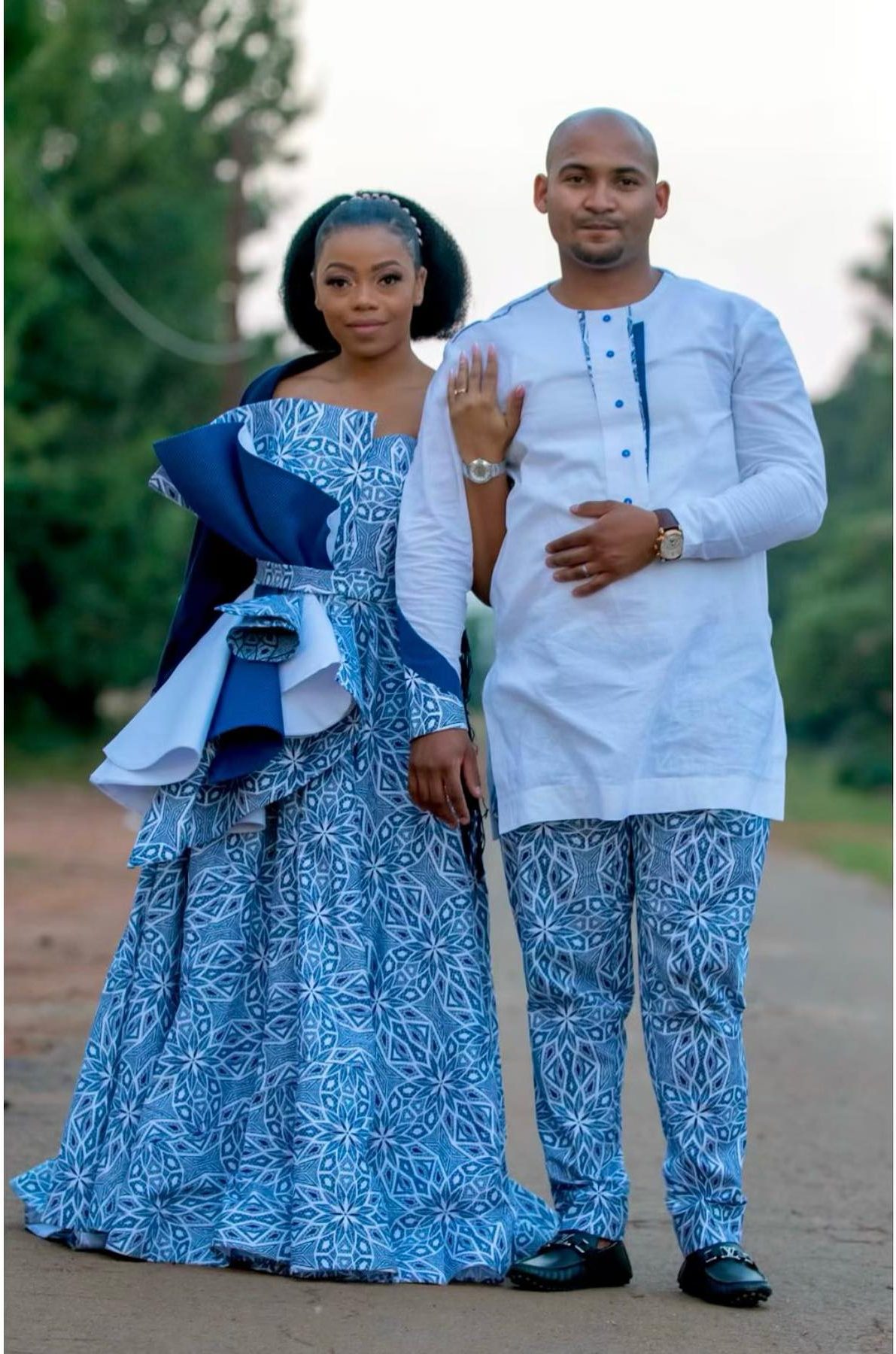 In conclusion, the choice of traditional fabrics and the symbolism of colors in Tswana dresses contribute to the overall art and beauty of these traditional garments. Through the careful selection of fabrics and colors, Tswana traditional dresses continue to be a vibrant and cherished expression of Tswana culture and heritage.
In conclusion, the choice of traditional fabrics and the symbolism of colors in Tswana dresses contribute to the overall art and beauty of these traditional garments. Through the careful selection of fabrics and colors, Tswana traditional dresses continue to be a vibrant and cherished expression of Tswana culture and heritage.
![]() Traditional Dress Accessories
Traditional Dress Accessories
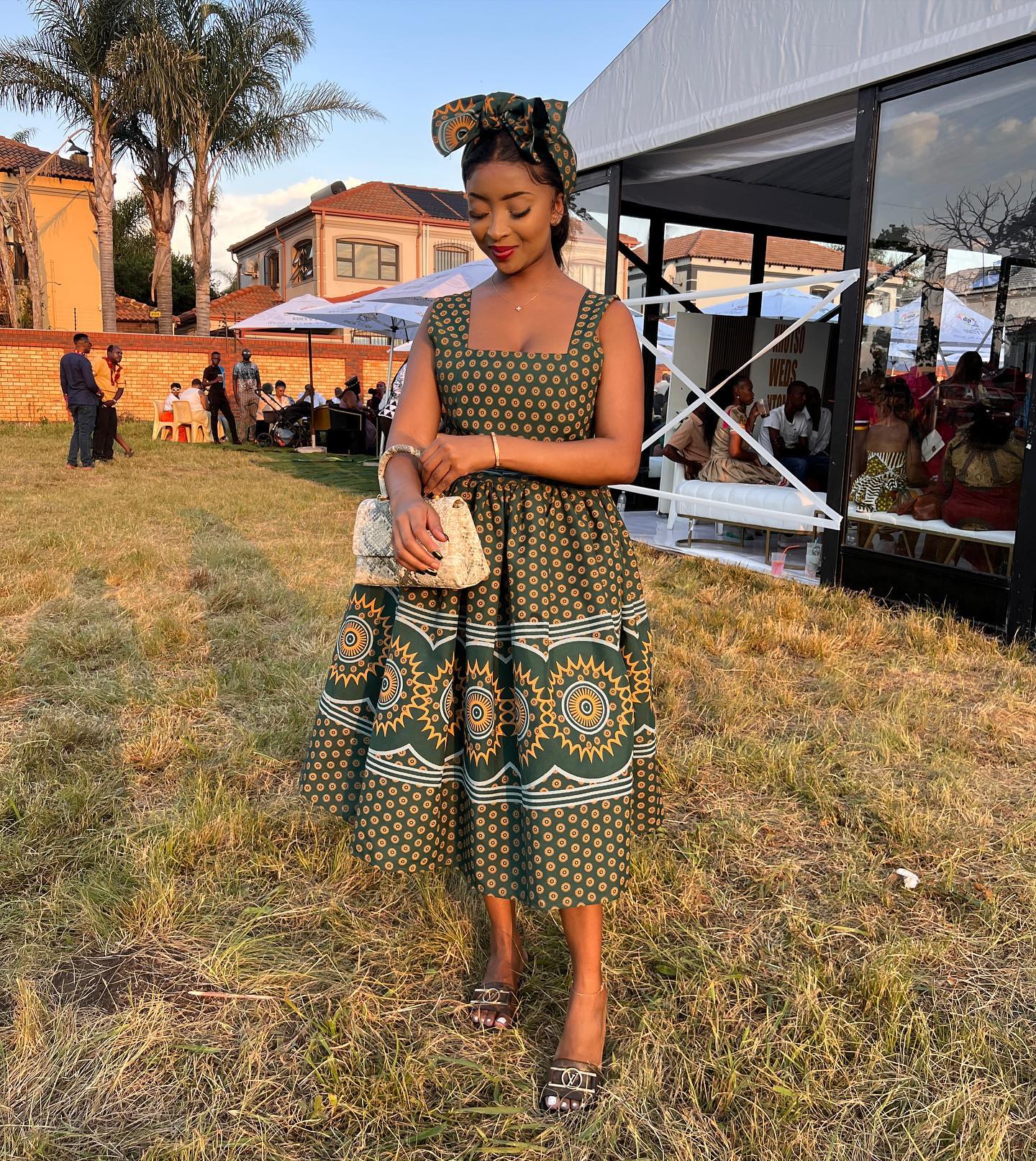 Accessories that accompany Tswana traditional dresses
Accessories that accompany Tswana traditional dresses
Tswana traditional dresses aren’t only known for their stunning fabrics and designs but also for the accessories that complete the look. These accessories play a significant part in enhancing the beauty and artistic significance of Tswana vesture.
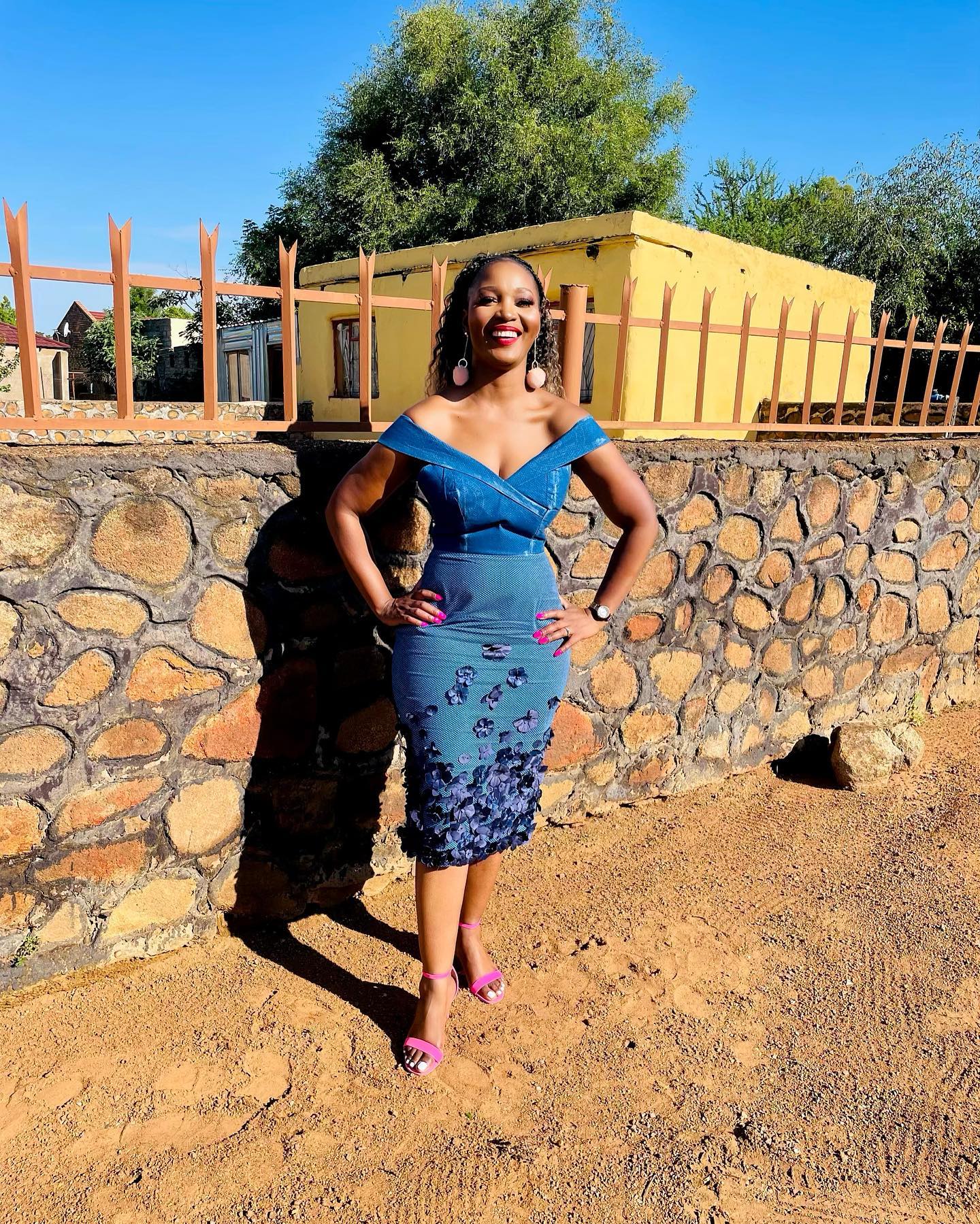 One common accessory seen with Tswana traditional dresses is the headwrap or doek. The headwrap is frequently made from the same fabric as the dress and is intricately tied in colorful styles, showcasing the creativity and individuality of the wear and tear. The headwrap adds fineness and a touch of regality to the overall look.
One common accessory seen with Tswana traditional dresses is the headwrap or doek. The headwrap is frequently made from the same fabric as the dress and is intricately tied in colorful styles, showcasing the creativity and individuality of the wear and tear. The headwrap adds fineness and a touch of regality to the overall look.
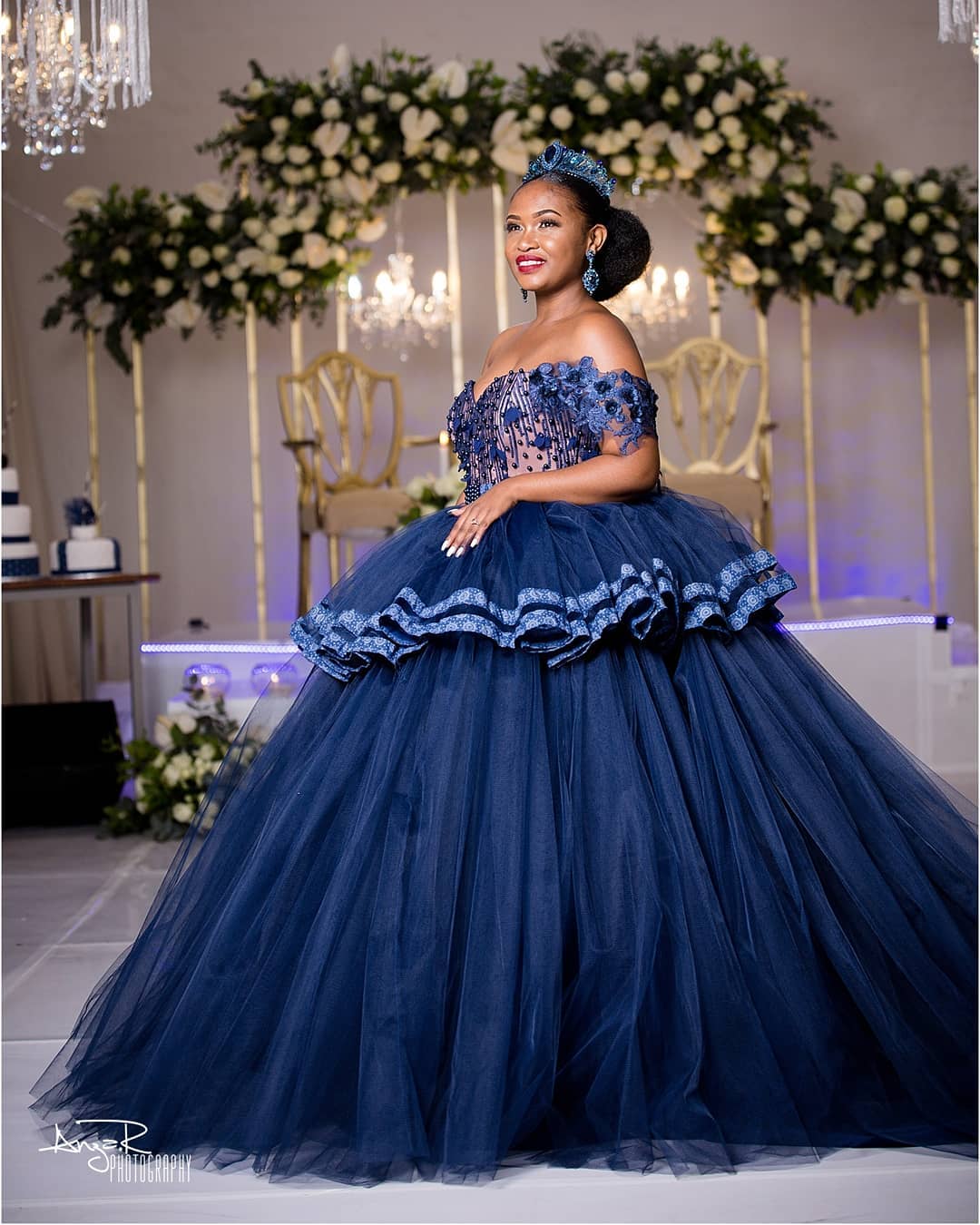 Another accessory that complements Tswana traditional dresses is the rounded jewelry. This includes chokers, irons, and earrings adorned with various globules and intricate patterns. The globules are frequently emblematic , representing important values and traditions in Tswana culture.
Another accessory that complements Tswana traditional dresses is the rounded jewelry. This includes chokers, irons, and earrings adorned with various globules and intricate patterns. The globules are frequently emblematic , representing important values and traditions in Tswana culture.

The significance of accessories in completing the Tswana look
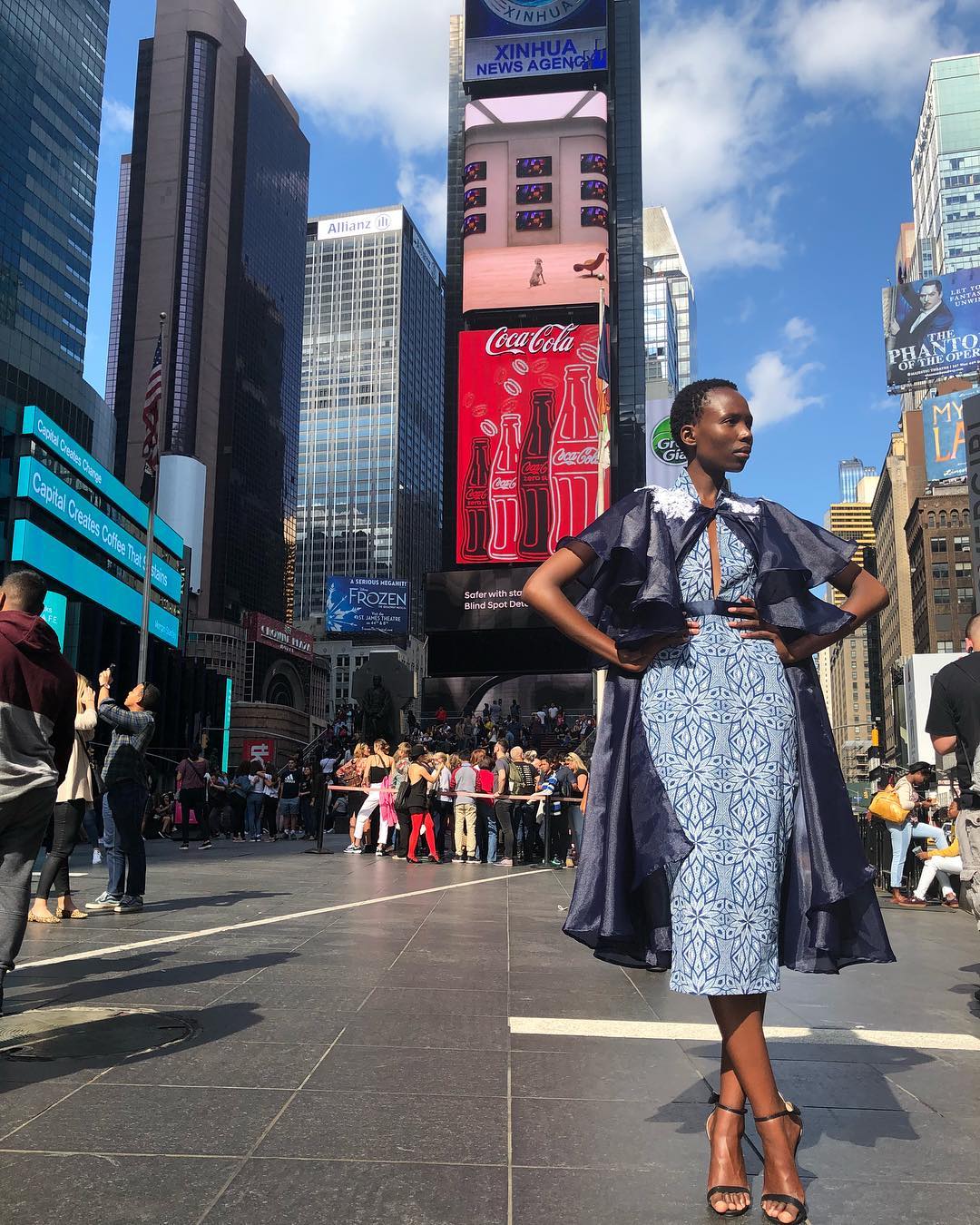 Accessories hold great significance in completing the Tswana look and adding depth to the overall vesture. They not only enhance the aesthetic appeal but also serve as a means of tone- expression and artistic identity. The careful selection and combination of accessories showcase the wear and tear’s pride in their heritage and their adherence to Tswana traditions.
Accessories hold great significance in completing the Tswana look and adding depth to the overall vesture. They not only enhance the aesthetic appeal but also serve as a means of tone- expression and artistic identity. The careful selection and combination of accessories showcase the wear and tear’s pride in their heritage and their adherence to Tswana traditions.
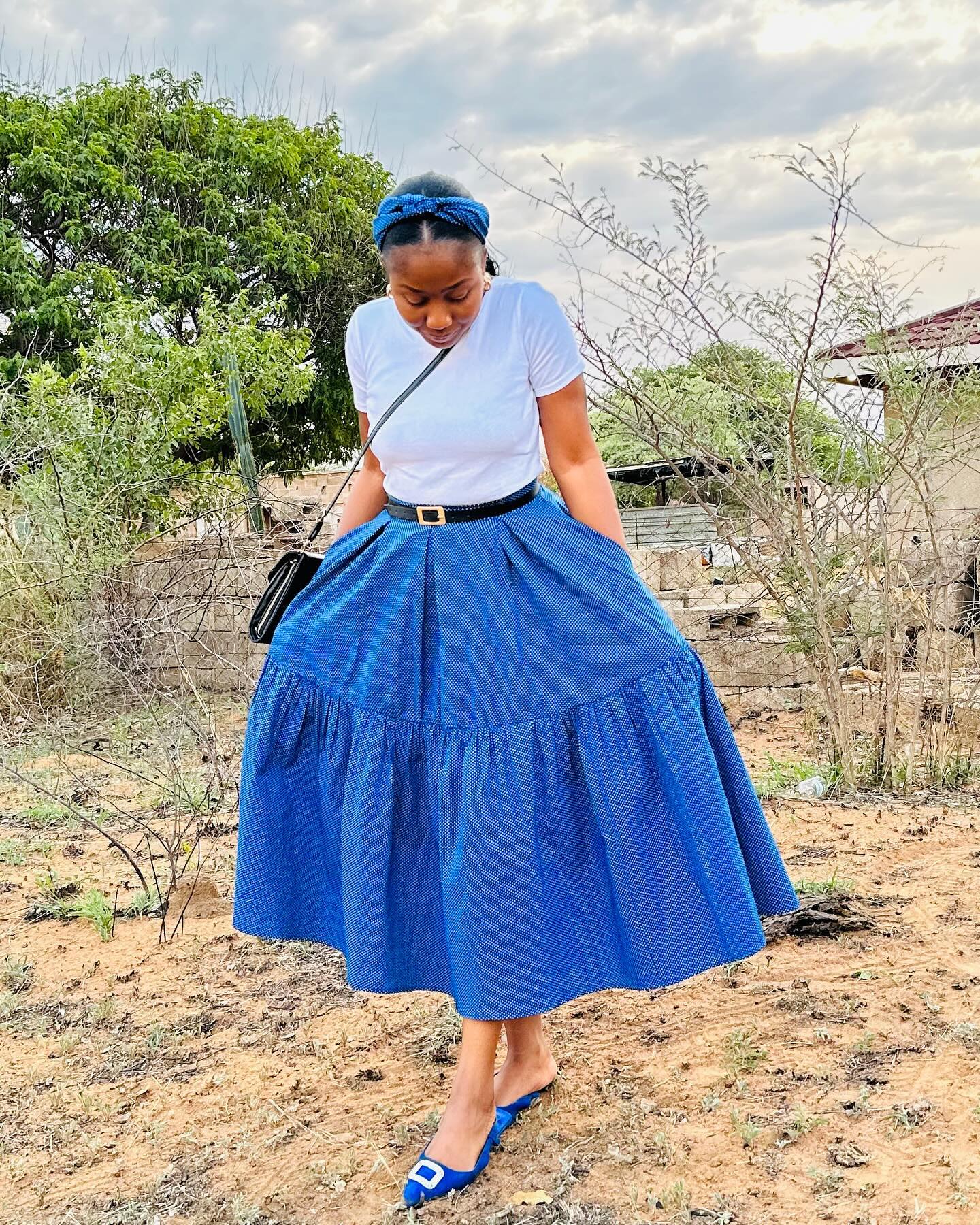 In conclusion, Tswana traditional dress accessories similar as headwraps and rounded jewelry play a vital part in completing the Tswana look. They add fineness, artistic significance, and particular expression to the overall vesture, making Tswana traditional dresses a true work of art.
In conclusion, Tswana traditional dress accessories similar as headwraps and rounded jewelry play a vital part in completing the Tswana look. They add fineness, artistic significance, and particular expression to the overall vesture, making Tswana traditional dresses a true work of art.
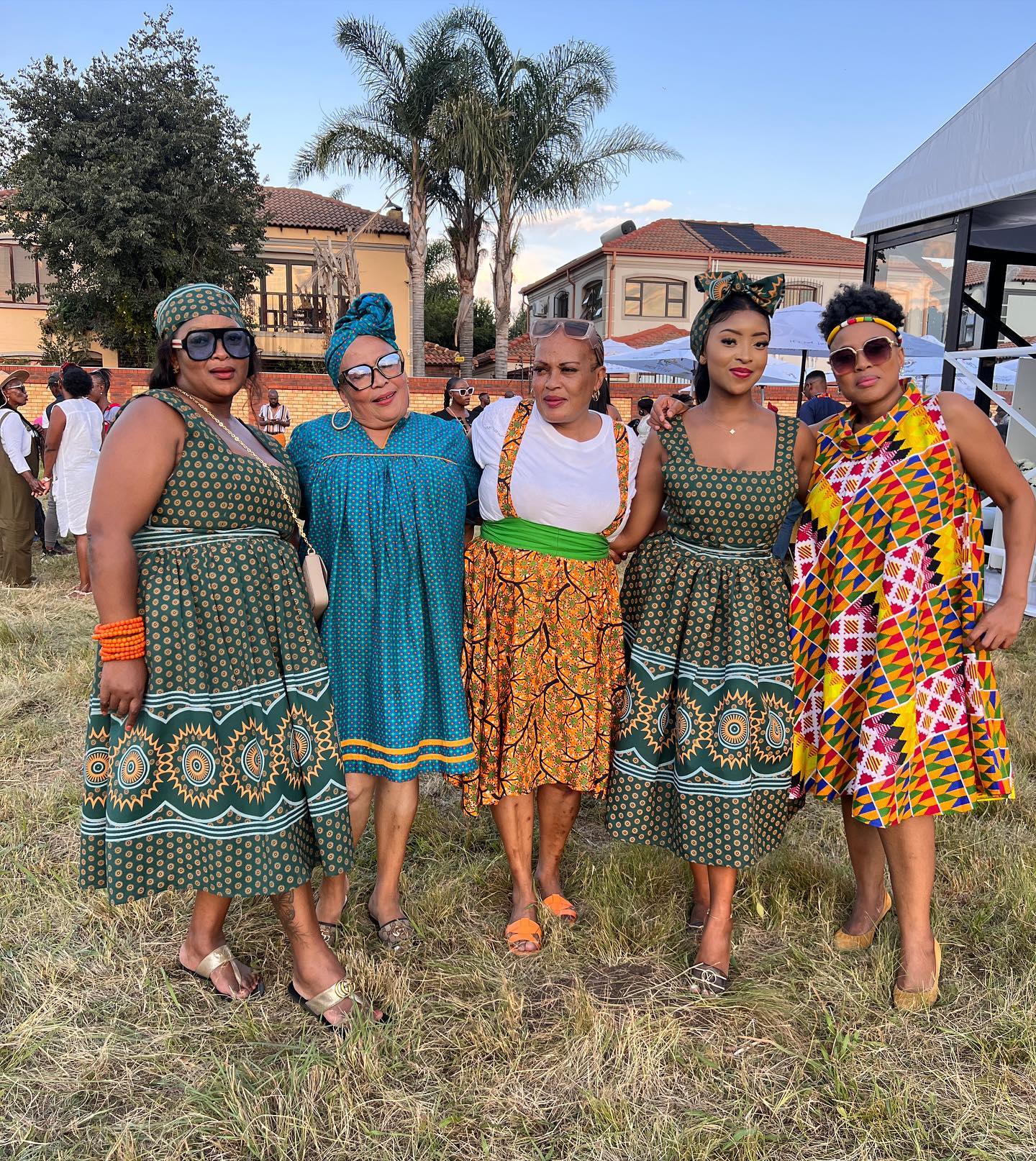
 Tswana Traditional Dresses Accoutrements
Tswana Traditional Dresses Accoutrements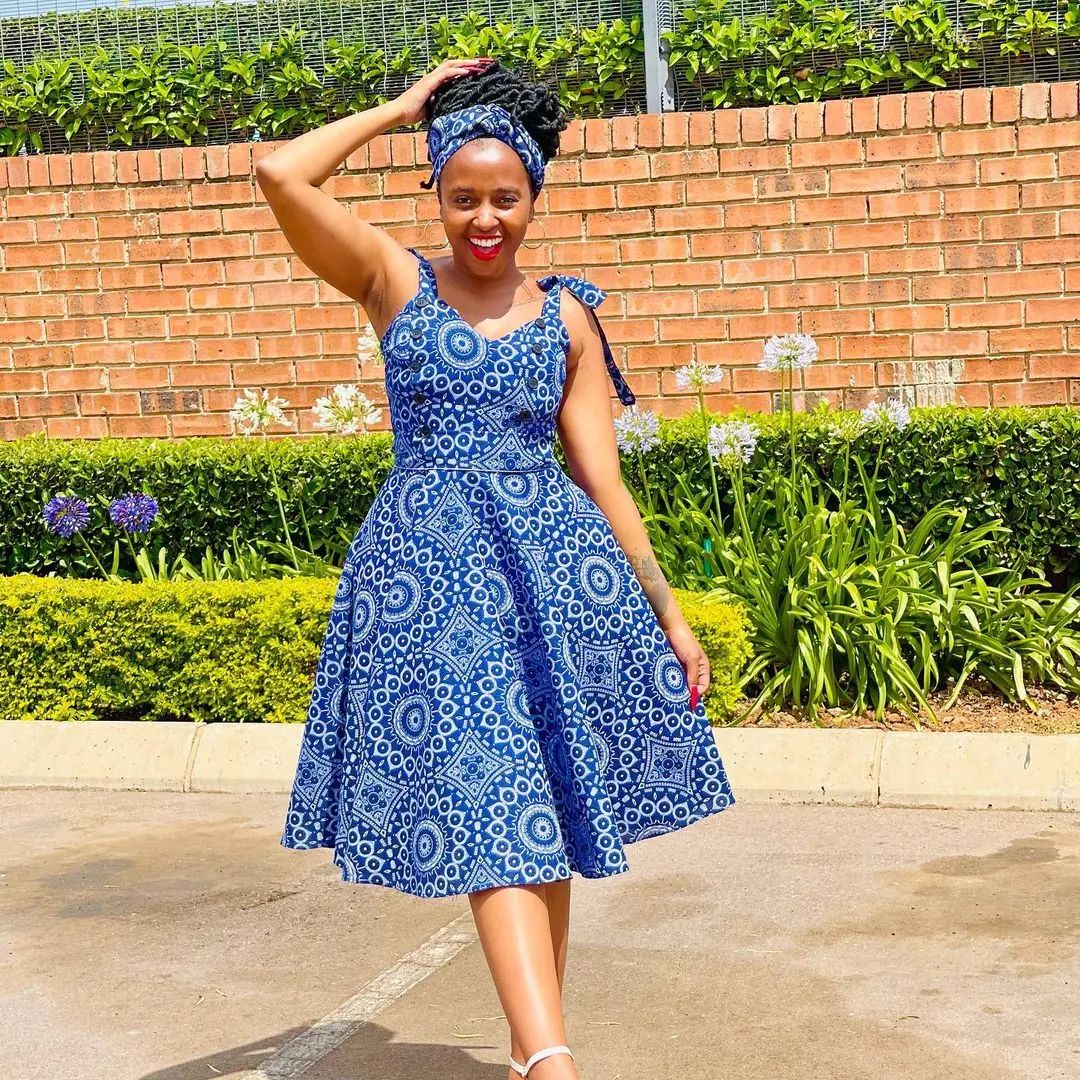 Traditional fabrics used in Tswana dresses
Traditional fabrics used in Tswana dresses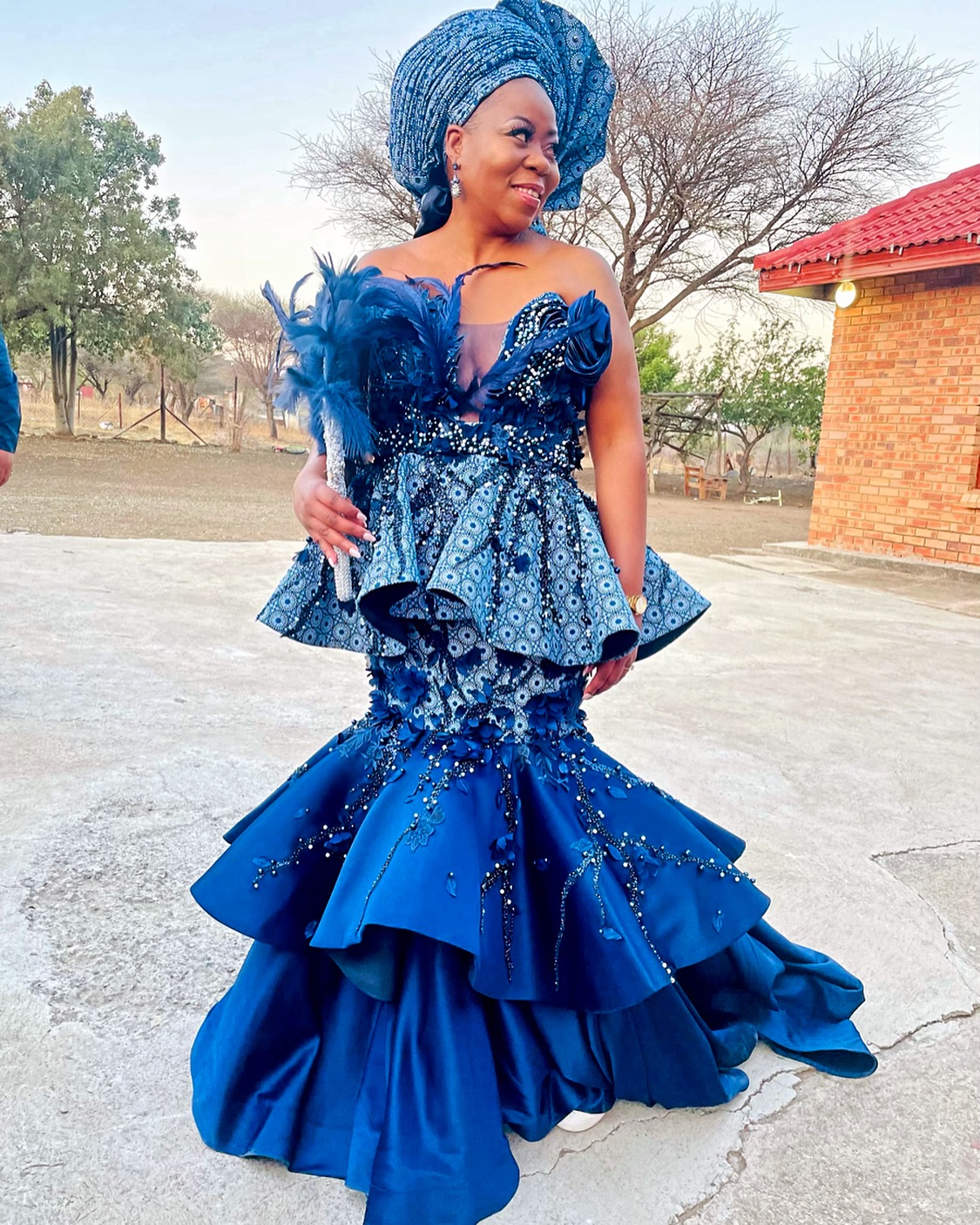 Symbolism of colors in
Symbolism of colors in 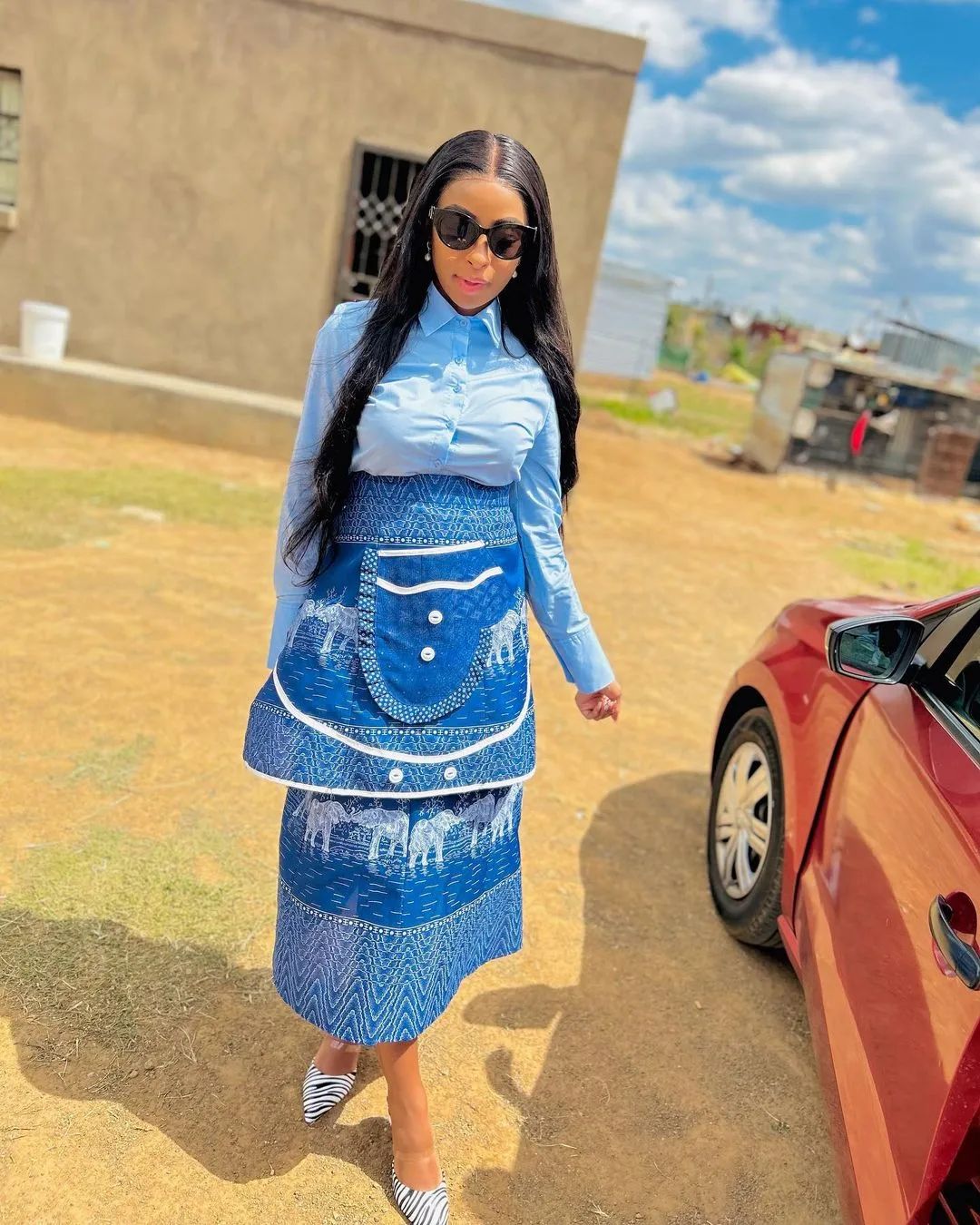 Traditional Dress Accessories
Traditional Dress Accessories
Comments are closed.